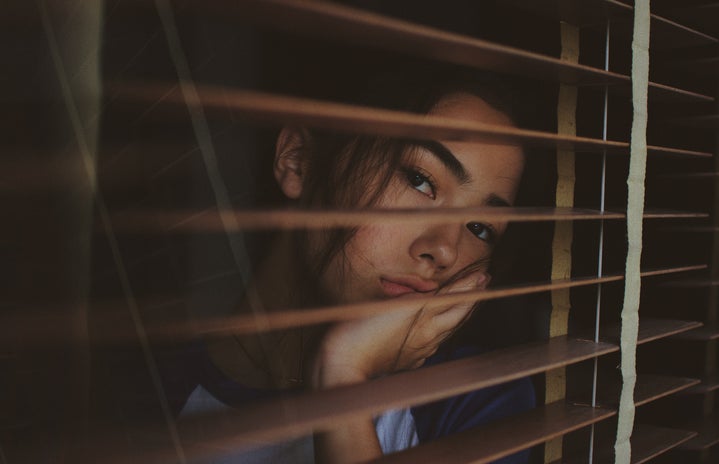While the fall season often inspires cozy imagery of pumpkin cinnamon baked goods, hot apple cider and falling leaves, it is also the time of year when the days become shorter and night seems to fall faster and thicker than most would like it to. In the midst of the fall season, you may have heard the term “seasonal depression” tossed about online or in everyday conversation. But, what exactly is seasonal depression and how is it different from the fabled “winter blues?”
Seasonal depression refers to seasonal affective disorder (SAD), a period of depression that can last through the fall and winter months. While colder temperatures and darker evenings may bring about feelings of sadness, a lack of motivation or other symptoms commonly associated with the “winter blues” phenomenon, seasonal affective disorder is far more debilitating.
Seasonal affective disorder is characterized by symptoms of increased appetite, fatigue, persistent feelings of sadness, and withdrawal from loved ones or activities that one once enjoyed. As the seasons shift, it can be increasingly difficult to get outside during these shorter and colder days. With less time spent outdoors, our bodies can then struggle to regulate their circadian clock without gathering essential signals from nature.
Additionally, less time spent outdoors results in a depletion of Vitamin D, which in turn, negatively impacts our energy and serotonin levels. An estimated 1 in 20 individuals in the northern United States will experience seasonal affective disorder during the fall and winter months. Although this phenomenon is still being studied, researchers believe that there is a genetic component to this disorder and that women are more susceptible to developing it.
If you believe that you or a loved one has been experiencing seasonal mood changes, there are various ways to combat it and improve your overall well-being.
Perhaps, most importantly, increase your time spent outside or in the sun (with an appropriate amount of SPF, of course). The greatest weapon you have against seasonal mood changes is your Vitamin D stores, so assure you are soaking up as much as you possibly can. If you find that your body is still lacking Vitamin D, you can also consider adding a supplement to your daily routine.
Alternatively, if your schedule does not permit much time outside before sundown, you could potentially invest in a light therapy lamp if your symptoms significantly hinder your day-to-day life. A light therapy lamp would be used in bright light therapy, which requires the participant to sit in front of a rectangular light therapy lamp every morning for about thirty minutes. Although this is considered one of the most effective treatments for seasonal affective disorder, it is important to speak with a professional before beginning any kind of treatment.
Another essential component of combating seasonal depression is regular exercise. Not only does exercise provide you with the perfect opportunity to spend time outside, but exercise also releases mood-boosting endorphins that can help temper some of the symptoms of seasonal depression. In addition to exercise, other acts of self-care like meditation, eating a balanced diet, or simply spending time with loved ones can be crucial in stabilizing these seasonal mood changes. However, if one’s symptoms still persist amidst these daily, healthy habits, individuals may also benefit from speaking with a medical professional about cognitive behavioral therapy or medication options.
If you find that your needs surpass the solutions I have outlined in this article, please reach out to a mental health professional or the Counseling and Psychological Services at George Mason.
And if you or a loved one is in need of more resources, you can find them here.


